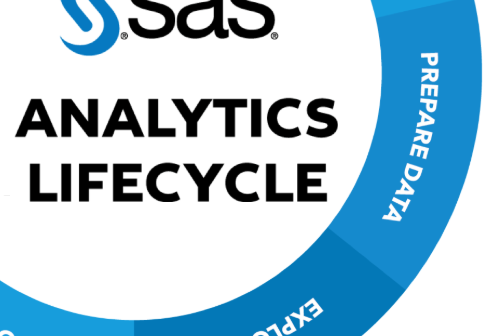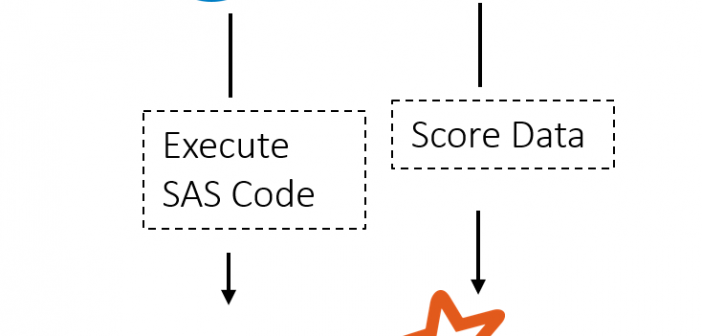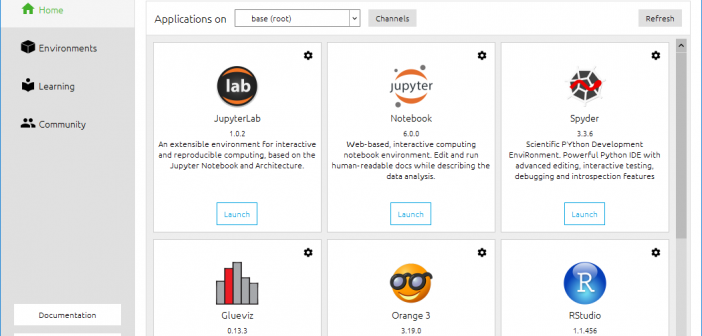SAS Users
Providing technical tips and support information, written for and by SAS users.
Customer Experience Day (aka #CXDay2019) is one of our favorite days of the year—when we can reflect on customer interactions, questions and feedback from the past year—and look to the year ahead for ways to enhance our customers’ experience, like expanding our support options and helping drive improvements to our website and self-service offerings.

This article continues a series that began with Machine learning with SASPy: Exploring and preparing your data (part 1). Part 1 showed you how to explore data using SASPy with Python. Here, in part 2, you will learn how to begin to prepare your data to use it within a

In part 1 of this post, we looked at setting up Spark jobs from Cloud Analytics Services (CAS) to load and save data to and from Hadoop. Now we are moving on to the next step in the analytic cycle, scoring data in Hadoop and executing SAS code as a

Importing about 4,400 messages worth of data into SAS Visual Text Analytics to exploring it and create an information extraction model.

The SAS Global Forum 2020 call for content is open until Sept. 30, 2019. Are you thinking of submitting a paper? If so, we have a few tips adapted from The Global English Style Guide that will help your paper shine. By following Global English guidelines, your writing will be

One of the features of SAS Grid Manager (and SAS Grid Manager for Platform) introduced in SAS 9.4 M6 is the capability for the grid provider software to handle open-source workloads in addition to traditional SAS jobs. In this post, we’ll take a look at the steps required to get your SAS Grid Manager environment set up to utilize this functionality, and we’ll demonstrate the process of submitting Python code for execution in the SAS Grid.





